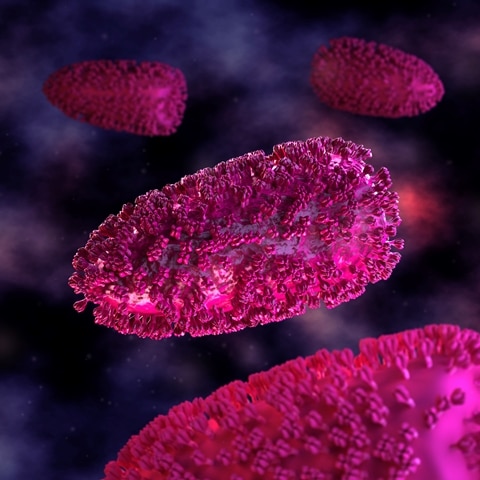MIRO – A new biomarker for Parkinson’s?

Researchers at Stanford University in the US looking for new biomarkers of Parkinson’s, recently identified a protein called MIRO that in initial data very accurately identifies people with the condition.
MIRO is a small protein that attaches to small structures inside our cells called mitochondria. Mitochondria are the power stations of cells, providing the energy for most biological activity. They are moved around inside of cells to wherever energy demands are greatest. MIRO is involved with moving the mitochondria.
The researchers at Stanford, however, noticed that in cells collected from healthy individuals, damaged or stressed mitochondria will release the MIRO protein, but in people with Parkinson’s MIRO remains firmly attached to the mitochondria. In fact, in more that 70 samples of cells from people with Parkinson’s, MIRO remained attached to mitochondria in 93% of the cases (vs 0% in the healthy control samples). The investigators are proposing that MIRO could be a useful biomarker to aid in the diagnosis of Parkinson’s as this phenomenon was also not observed in samples of cells from people with other similar neurodegenerative conditions.
The researchers next screened for and identified a number of molecules that can remove MIRO from mitochondria in cells for people with Parkinson’s. When they tested those molecules in models of Parkinson’s, the investigators found that the treatment rescued those models. Importantly, the researchers have now started a biotech company (CuraX) to further explore the utility of MIRO as a biomarker and to develop novel therapies targeting this protein.
How helpful was this content?
/ 5. Vote count:
We are sorry that this content was not useful for you
Let us improve this content
Can you tell us how we can improve this content?




